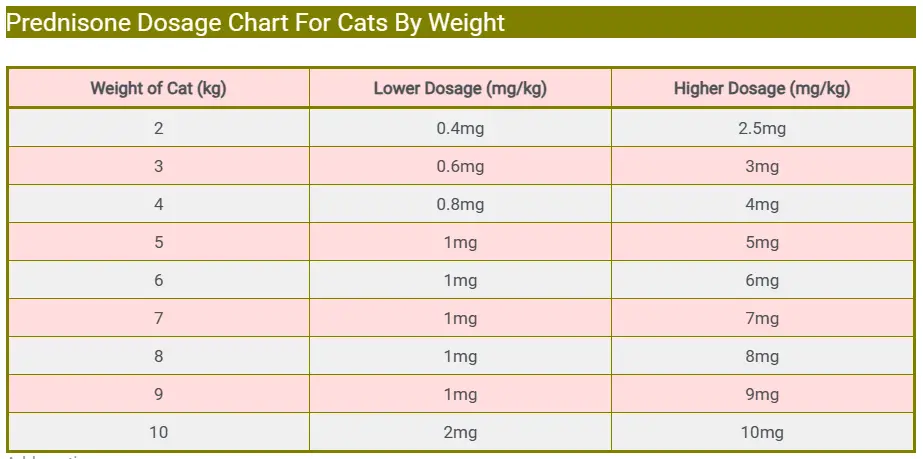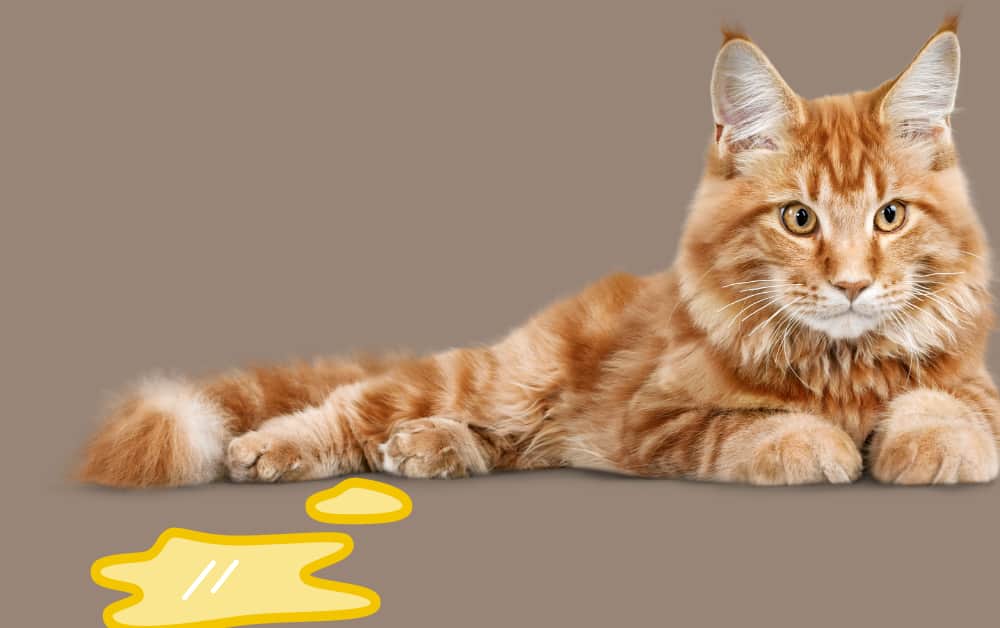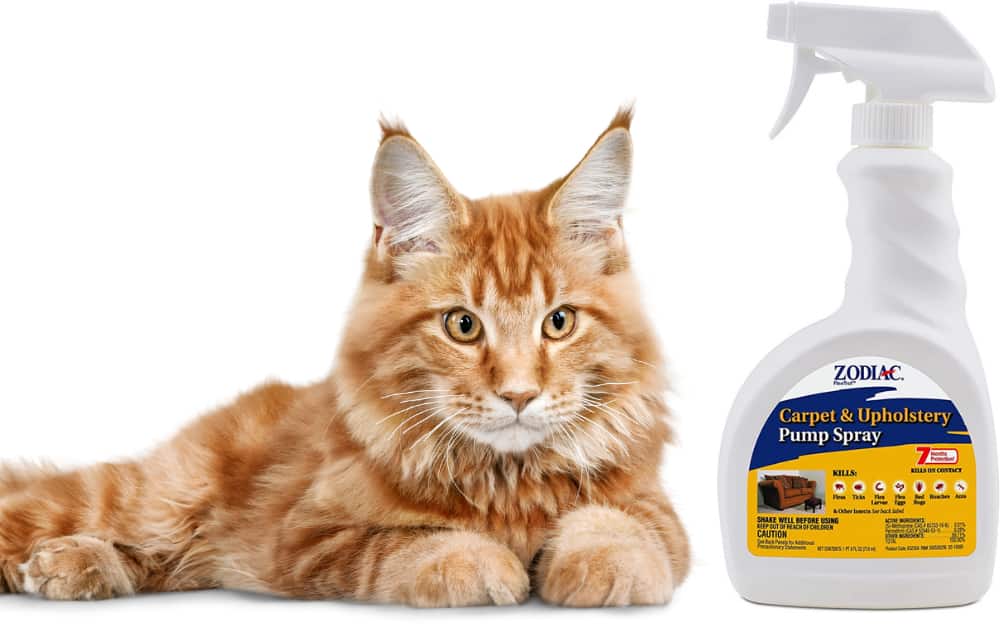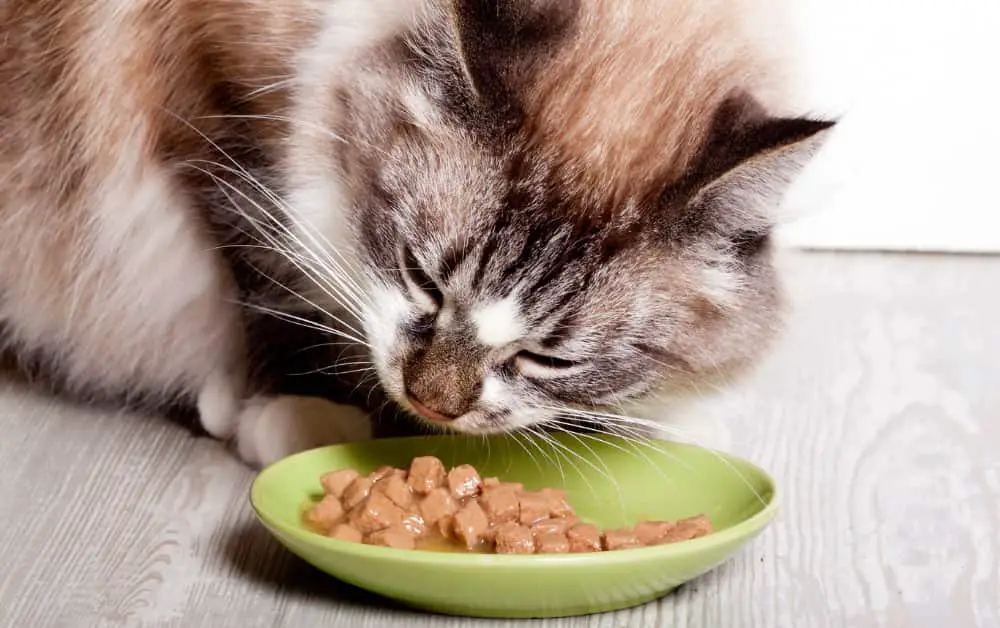The ideal dosage of prednisone for cats to treat inflammation is typically 0.2 mg/kg to 0.5 mg/kg as a single or divided dose daily. However, for felines, the dosage for treating other health conditions can vary depending on your pet’s health condition and the severity of the illness.
Prednisone Dosage For Cats
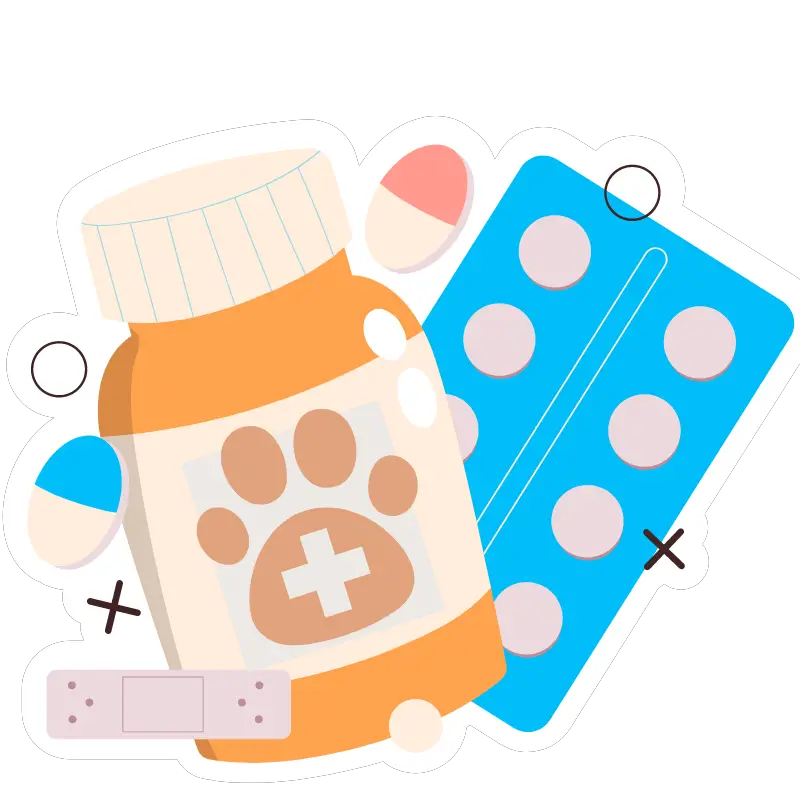
-
Ideal Dose: 0.2-0.5 mg/kg
-
Uses: Treat inflammatory, autoimmune, and cancerous conditions in cats.
-
FDA Approved: Yes
-
Variants: Tablets
-
Storage & Handling: Room Temperature
-
Administration: Once Daily
Disclaimer: Self-medication can be hazardous. Please consult your veterinarian for personalized guidance on the appropriate dosage for your feline friend specific condition.
Cats, like humans, can suffer from various health conditions that require medical intervention. Prednisone, a corticosteroid medication, is commonly prescribed by veterinarians to manage inflammation, allergies, and autoimmune disorders in feline patients.
However, determining the appropriate dosage of prednisone for cats can be complex, requiring careful consideration of the cat’s size, condition, and individual response to the medication.
This blog post will delve into the intricacies of prednisone dosage for cats, exploring factors influencing dosing decisions and providing guidance for pet owners navigating their feline friend’s treatment journey.
Prednisone Dosage For Cats
Prednisone dosage for cats typically depends on the treated condition and the cat’s weight. However, a common starting dosage is 0.2-0.5 mg/kg of body weight once twice daily. Your veterinarian can adjust this dosage based on the cat’s response to the medication and any side effects observed.
It’s crucial to follow your veterinarian’s instructions carefully when administering prednisone or any other medication to your feline.
Prednisone should not be abruptly stopped, and the dosage should be tapered off gradually if the cat has been on it for an extended period to prevent withdrawal symptoms.
Always consult your veterinarian before starting or adjusting any medication for your cat, as they can provide guidance tailored to your pet’s specific needs and health condition.
Prednisone Dosage Chart For Cats By Weight
| Weight of Cat (kg) | Lower Dosage (mg/kg) | Higher Dosage (mg/kg) |
|---|---|---|
| 2 | 0.4mg | 2.5mg |
| 3 | 0.6mg | 3mg |
| 4 | 0.8mg | 4mg |
| 5 | 1mg | 5mg |
| 6 | 1mg | 6mg |
| 7 | 1mg | 7mg |
| 8 | 1mg | 8mg |
| 9 | 1mg | 9mg |
| 10 | 2mg | 10mg |
The above Prednisone dosage chart for cats by weight is provided for educational purposes only and should not substitute for veterinary advice. Always start with the minimum dose for you feline until your vet prescribes an increase in dosage.
Related Post: Miralax Dosage For Cats
Prednisone Uses in Cats
-
Reduce inflammation in conditions like arthritis, asthma, and inflammatory bowel disease.
-
Alleviate symptoms of allergic reactions such as itching, swelling, and redness.
-
Treat skin disorders like dermatitis, eczema, and severe allergies.
-
Manage autoimmune diseases like lupus or immune-mediated hemolytic anemia.
-
Aid in respiratory issues like feline asthma or chronic obstructive pulmonary disease (COPD).
-
Part of treatment for certain cancers in cats.
-
Supplement deficient corticosteroid hormones in Addison’s disease (hypoadrenocorticism).
Related Post: Aspirin Dosage For Cats
Prednisone Side Effects in Cats
-
Increased Thirst and Urination
-
Increased Appetite
-
Gastrointestinal Upset
-
Muscle Weakness
-
Suppressed Immune System
-
Diabetes Mellitus
-
Behavioral Changes
-
Electrolyte Imbalance
-
Delayed Wound Healing
Which Cats Should Not Take Prednisone.
Felines with the following health issues should not take Prednisone without veterinary recommendations.
-
Cats with systemic fungal infections
-
Felines with viral infections (e.g., FeLV or FIV)
-
Cats with certain bacterial infections
-
Felines with diabetes mellitus
-
Cats with gastrointestinal ulcers or bleeding disorders
-
Pregnant or nursing cats
FAQs
Can I adjust my cat’s Prednisone dosage without consulting a veterinarian?
No, it’s essential to consult with a veterinarian before changing your cat’s Prednisone dosage. Altering the dosage without professional guidance can lead to adverse effects and may compromise your cat’s health.
How long does it take for Prednisone to start working in cats?
The onset of action of Prednisone may vary depending on the condition being treated. In some cases, improvement may be observed within a few days; in others, it may take several weeks for noticeable effects to occur.
Can Prednisone be used long-term in cats?
Long-term use of Prednisone in cats may be necessary for managing chronic conditions such as autoimmune diseases or severe allergies. However, a veterinarian should carefully monitor prolonged use to minimize the risk of adverse effects.
Are there any alternatives to Prednisone for cats?
Yes, there are alternative medications and treatment modalities available for managing various feline health conditions. Your veterinarian can guide alternative options based on your cat’s needs and medical history.
Can Prednisone be given to pregnant or nursing cats?
Prednisone should be used with caution in pregnant or nursing cats, as it may pose risks to the developing fetus or nursing kittens. It’s essential to consult with a veterinarian to weigh the potential benefits and risks before administering Prednisone in such cases.
What should I do if I miss a dose of Prednisone for my cat?
If you miss a dose of Prednisone, administer it as soon as you remember. However, if it’s almost time for the next dose, skip the missed dose and resume the regular dosing schedule. Do not double the dose to make up for a missed one.
